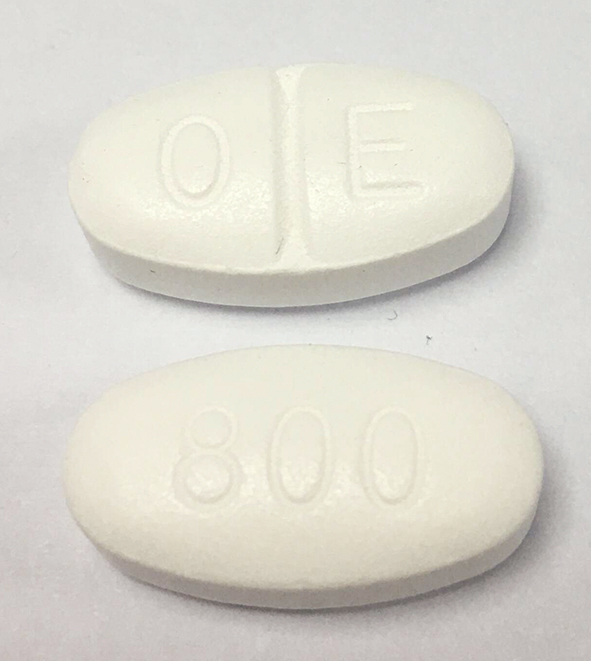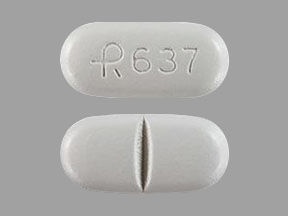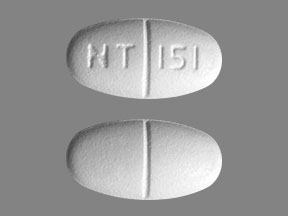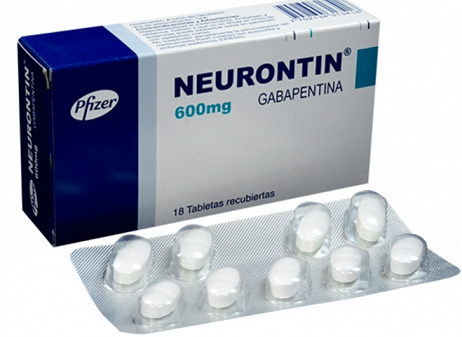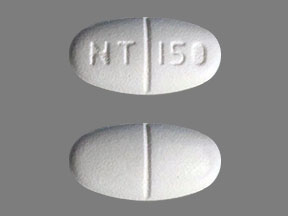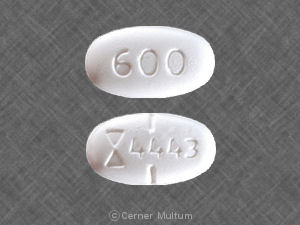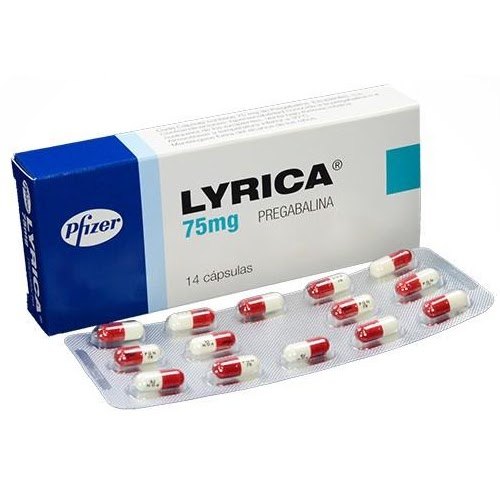Gabapentin is a prescription medication that may help you sleep. That may be why it has been prescribed for people with insomnia, even though it is not approved for that use.
Gabapentin is available on prescription. It comes as tablets, capsules and a liquid that you swallow.
Key facts
- You’ll usually take gabapentin 3 times a day. You can take it with or without food.
- Most people who take gabapentin do not get any side effects. But some people may feel sleepy, tired and dizzy. Common side effects are usually mild and go away by themselves.
- It takes at least a few weeks for gabapentin to work.
- Most people do not have to stay on the same brand of gabapentin as there’s very little difference between brands.
- Some people can become addicted to gabapentin after taking it for a long time. When stopping gabapentin you’ll need to reduce your dose gradually to avoid withdrawal symptoms.
- If you have epilepsy, you are entitled to free prescriptions for all the medicines you take, not just your epilepsy ones. You can get an application form from your doctor’s surgery.
However, gabapentin enacarbil (Horizant) has been approved by the Food and Drug Administration (FDA) to treat a sleep disorder called restless legs syndrome (RLS).
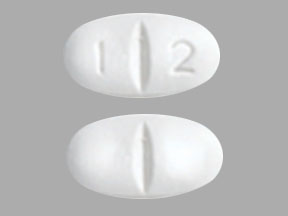
- One of the most common side effects of gabapentin is drowsiness.
- In people taking gabapentin for its approved conditions (certain epileptic seizures and postherpetic neuralgia), 19% of patients older than 12 years of age with epilepsy and 21% of patients with postherpetic neuralgia reported drowsiness as a side effect.
Gabapentin and sleep
Most studies show that gabapentin improves slow wave sleep (“deep sleep”) and total sleep time.
- Two small studies showed that gabapentin may help people with primary insomnia and occasional sleep disturbance improve total sleep time and wakefulness in the morning.
- In other studies, it appears that gabapentin may improve sleep in people with other medical conditions that make it more difficult to sleep, such as alcohol dependence, hot flashes and bipolar disorder.
In a large review of 26 studies on gabapentin and sleep in patients with other medical conditions, the average dose taken daily was about 1,800 mg. Although positive sleep outcomes were reported, the researchers noted that gabapentin was not tolerated as well as placebo and some patients stopped taking it. Misuse and abuse of the drug has also been reported.
It takes about 2 to 3 hours for immediate-release gabapentin to reach its fullest effect, and it’s typically taken 3 times per day.
RLS treatment
Gabapentin may also be used to treat RLS, a disorder that makes it hard to fall asleep or stay asleep. RLS causes an uncontrollable and uncomfortable urge to move your legs, which is worse at night.
The FDA has approved gabapentin enacarbil (Horizant) — a long-acting gabapentin — as a treatment for RLS.
Side effects of gabapentin
The most common side effects with gabapentin include:
- Clumsiness
- Viral infection
- Drowsiness
- Nausea and vomiting
- Speaking difficulties
- Tremor
- Swelling, usually involving the legs and feet
- Fatigue
- Fever
- Movements that are jerky
- Coordination difficulties
- Double vision
- Unusual eye movement
- Serious reactions can include:
- Difficulty breathing
- Allergic reactions with swelling of the throat or face
